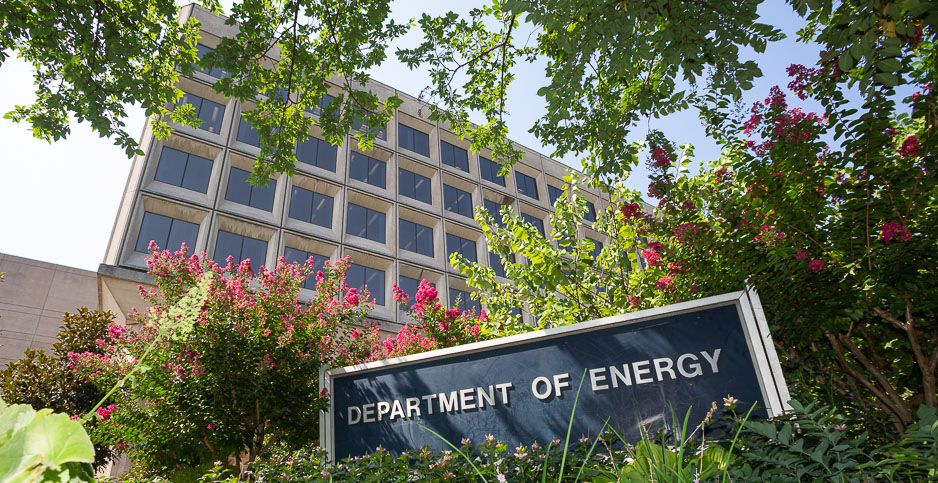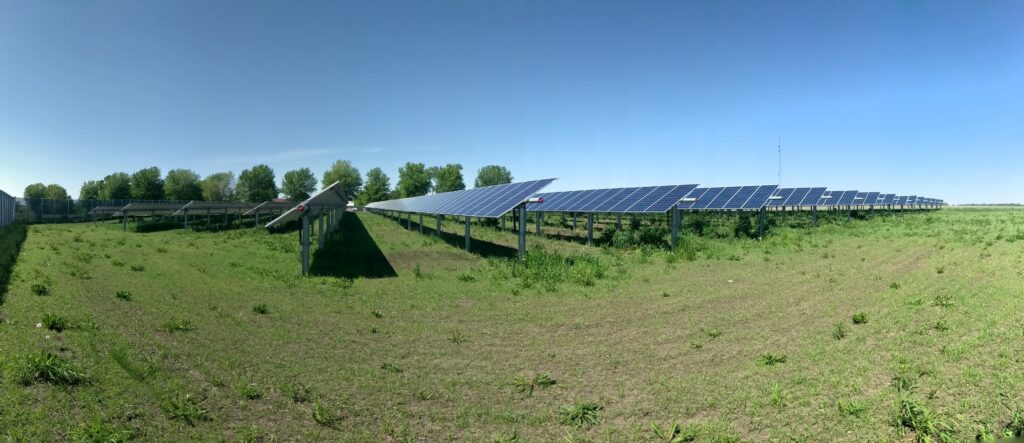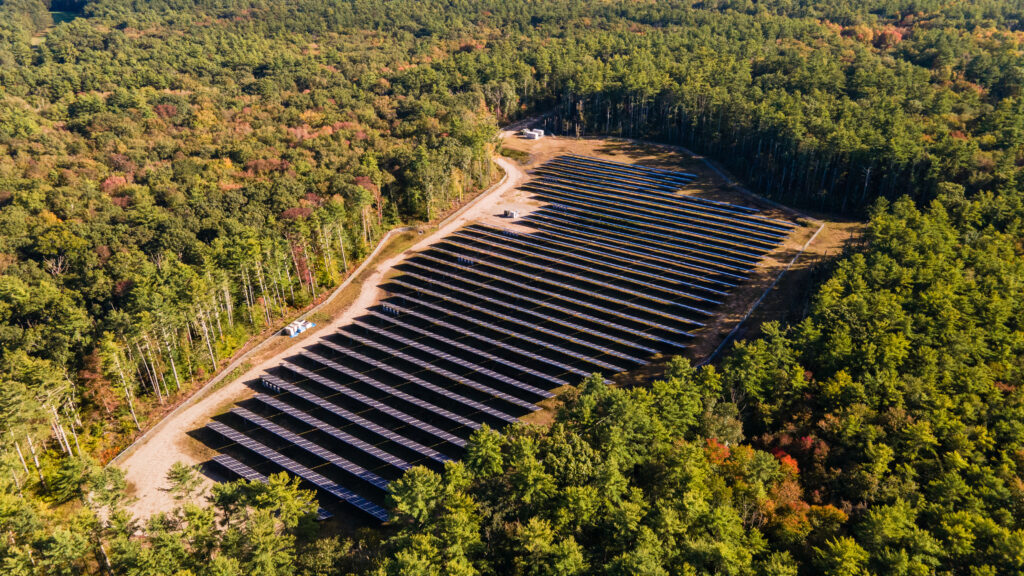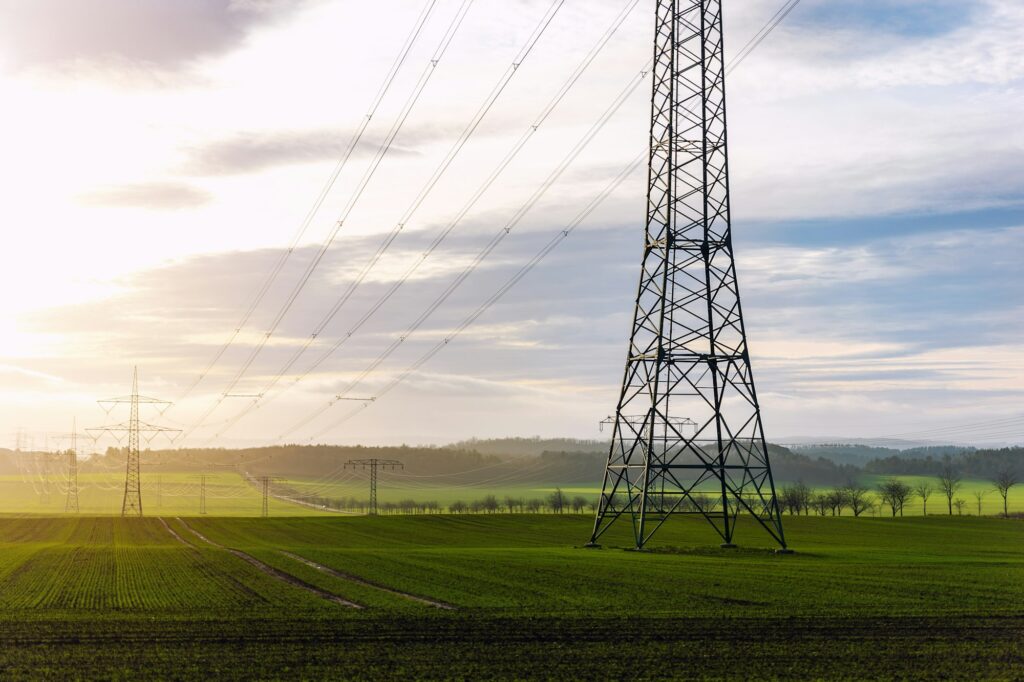solargardens
February 22, 2024
The U.S. Department of Energy (DOE) has set an ambitious target for the community solar sector: to achieve 20 GW of community solar by the end of 2025, a substantial leap from the current capacity of 7 GW.

In a landmark move towards renewable energy inclusivity and expansion, the U.S. Department of Energy (DOE) has set a bold new course for the nation’s community solar sector.
At the heart of this initiative, announced during the National Community Solar Partnership (NCSP) Annual Summit, is a challenge to escalate the deployment of community solar projects to 20 gigawatts (GW) by 2025—tripling the current capacity of approximately 7 GW.
To put this number into perspective, 20 GW is projected to benefit over 5 million homes and save over $1 billion in electricity costs.
This ambitious goal is not just a number; it represents a transformative shift towards clean, affordable energy access for every American household, aligning with the broader objectives of achieving a fully clean electricity grid by 2035 and net-zero carbon emissions by 2050.

The community solar model is revolutionary in its approach to democratizing solar energy. By allowing individuals to benefit from solar power generated at a communal location rather than directly on their premises, it opens the door for renters, apartment dwellers, and those without suitable rooftops to embrace solar energy.
This model is especially significant for historically underserved communities, offering a pathway to energy equity and savings.
To facilitate this growth, the DOE is rolling out several initiatives to provide multifaceted support toward redefining the American energy landscape. Among these is the formation of:
The emphasis of the DOE’s challenge goes beyond mere numbers; it signals a shift towards inclusivity and fairness in the solar energy landscape. By initiating the Equitable Solar Communities of Practice, the DOE has earmarked five organizations to spearhead this transformation.
Armed with a budget of $75,000 each, these groups are tasked with building a coalition of stakeholders dedicated to bridging resource disparities, sharing successful strategies, and laying down the tracks for scalable, equitable solar initiatives.
Led by Solar United Neighbors, this community of practice delves into ensuring that solar adoption is underpinned by strong consumer protections. It focuses on creating transparent contract terms, enhancing the availability of financial products that enable installation and participation across all economic backgrounds, and conducting outreach that inclusively encompasses all households. This approach is instrumental in building a solar market that is accessible, fair, and beneficial for every participant, ensuring that consumer rights are at the forefront of solar transactions.
The Clean Energy States Alliance leads the charge in transforming solar energy into a tool for significant household savings and wealth-building. This community of practice explores strategies to guarantee savings for households, unlock wealth-building opportunities and extend benefits such as those for tenants in master-metered buildings. Their work is pivotal in demonstrating solar energy’s potential as a catalyst for economic upliftment, beyond merely reducing utility bills.
With a focus on resilience, the Clean Energy Group‘s community of practice aims to bolster both household and community resilience. This includes strengthening the grid, enhancing grid-level resilience, and achieving improved health outcomes through the reduction or elimination of power outages. Their efforts spotlight the critical role of solar, coupled with storage solutions, in building a more reliable and health-conscious energy infrastructure.
Cooperative Energy Futures is at the helm of a community of practice dedicated to embedding solar energy within the broader context of community-led economic development. Their focus encompasses fostering community ownership, negotiating community benefits agreements, and promoting workforce development, entrepreneurship, and support for local, small, minority-, and women-owned businesses. This community of practice is a beacon for how solar projects can become engines of economic growth and community empowerment.
The Midwest Renewable Energy Association leads the initiative to ensure the solar workforce is inclusive, offering equitable access to jobs that are well-paying and provide benefits, alongside pathways for union membership. This focus is essential in making the solar industry a leading example of a sector that not only cares for the environment but also the prosperity and well-being of its workforce.
The administration and orchestration of the Equitable Solar Communities of Practice program are adeptly managed by ENERGYWERX, in a collaborative effort with the DOE. This partnership, facilitated through an innovative Partnership Intermediary Agreement by the DOE’s Office of Technology Transitions, exemplifies a model of cooperation between the government and private entities aimed at accelerating the transition to an equitable solar future.

Developed by Lawrence Berkeley National Laboratory, LODGE aims to streamline the siting of community solar on the grid. It focuses on minimizing interconnection costs and maximizing the deployment of distributed resources, addressing historical challenges such as costly grid upgrades and slow review processes.
At its core, the LODGE model leverages advanced algorithms and data analytics to assess various factors that impact the cost and efficiency of grid integration. These factors include the geographical location of potential sites, the current and projected demand for electricity in different areas, and the existing grid infrastructure’s capacity to accommodate new sources of solar energy.
As a complement to the DOE’s Interconnection Innovation e-Xchange program, LODGE provides a blueprint for optimizing the distribution grid in a way that balances the benefits of community solar with the need to maintain grid reliability and affordability.

Community solar stands at the forefront of this movement, offering a bridge to renewable energy for all, irrespective of housing status or location. The potential for job creation, reduction in carbon footprint, and enhancement of energy resilience through community solar is immense, laying the groundwork for a more sustainable and equitable energy system.
The journey to 20 GW by 2025 is laden with potential hurdles, from regulatory barriers and financing challenges to the imperative of engaging a broader segment of the population. Yet, these obstacles also present unique opportunities for innovation, collaboration, and community engagement.
By fostering a united front among industry players, government bodies, and the public, the ambitious goal set by the DOE can serve as a beacon for global leadership in renewable energy access and equity.
Sources:
https://www.energy.gov/eere/articles/doe-challenges-solar-industry-triple-community-solar-end-2025
https://www.energy.gov/communitysolar/about-national-community-solar-partnership
https://www.energy.gov/communitysolar/articles/funding-notice-equitable-solar-communities-practice
https://www.energy.gov/communitysolar/education-and-outreach#communitiesofpractice
Join Community Solar with Solar Gardens to redeem this offer
- Enter your contact info to receive your promo code -